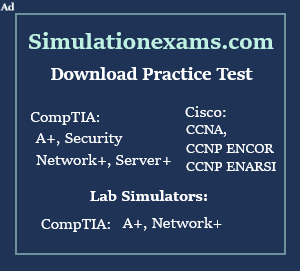Motherboard Connectors On a PC
2.4 Thunderbolt vs Thunderbolt Display Connector
Apple Thunderbolt Display connector and Thunderbolt connector are related but different.
The Thunderbolt connector is a high-speed data transfer technology that is used to connect high-performance devices such as external hard drives, graphics cards, and displays to the system. Thunderbolt connectors use a mini DisplayPort connector and are compatible with Thunderbolt 1, Thunderbolt 2, and Thunderbolt 3 devices.
On the other hand, the Apple Thunderbolt Display connector is a proprietary connector that is specific to the Apple Thunderbolt Display. It is used to connect the display to the Mac and it is not compatible with non-Apple systems. The Apple Thunderbolt Display connector is based on the Thunderbolt technology, which allows for high-speed data transfer and video output. However, it is a proprietary connector, meaning it is not interchangeable with standard Thunderbolt connectors.
In summary, Thunderbolt connectors are the standard connectors used to connect devices to a Thunderbolt port on a computer, while Apple Thunderbolt Display connector is a proprietary connector used to connect the Apple Thunderbolt Display to a Mac. They both utilize Thunderbolt technology, but are different connectors and are not interchangeable.
3. Recent Developments on PC connector technology
There have been several recent developments in PC connector technologies, including:
1. USB Type-C: USB Type-C is a newer type of USB connector that is becoming increasingly popular. It is smaller and more versatile than previous USB connectors, and it can be used to connect a wide range of devices, including external hard drives, smartphones, and even some monitors and laptops. USB Type-C also supports high-speed data transfer and can be used to charge devices.
2. Thunderbolt 4: Thunderbolt 4 is the latest version of Thunderbolt technology. It was announced in 2020, and it supports data transfer rates of up to 40 Gbps, and it also supports video output, power charging and USB4. Thunderbolt 4 also includes new features such as improved performance and support for more devices and peripherals.
3. Wi-Fi 6: Wi-Fi 6 is the latest version of Wi-Fi technology. It was announced in 2019, and it supports data transfer rates of up to 9.6 Gbps, and it also supports more devices and peripherals. Wi-Fi 6 also includes new features such as improved performance and support for more devices and peripherals.
4. HDMI 2.1: HDMI 2.1 is the latest version of HDMI technology. It was announced in 2017, and it supports data transfer rates of up to 48 Gbps, and it also supports 8K resolution and more devices and peripherals.
5. NVMe: NVMe (Non-Volatile Memory Express) which is a newer type of storage interface for solid-state drives (SSDs). NVMe uses the PCI Express (PCIe) bus to connect the SSD to the motherboard, which allows for faster data transfer speeds and lower latency compared to older storage interfaces such as SATA. NVMe is becoming increasingly popular in newer systems as it provides faster boot times, faster application loading times and improved overall system performance. NVMe also supports features such as hot plugging and increased queue depth, which allows for more efficient data handling and higher performance.




